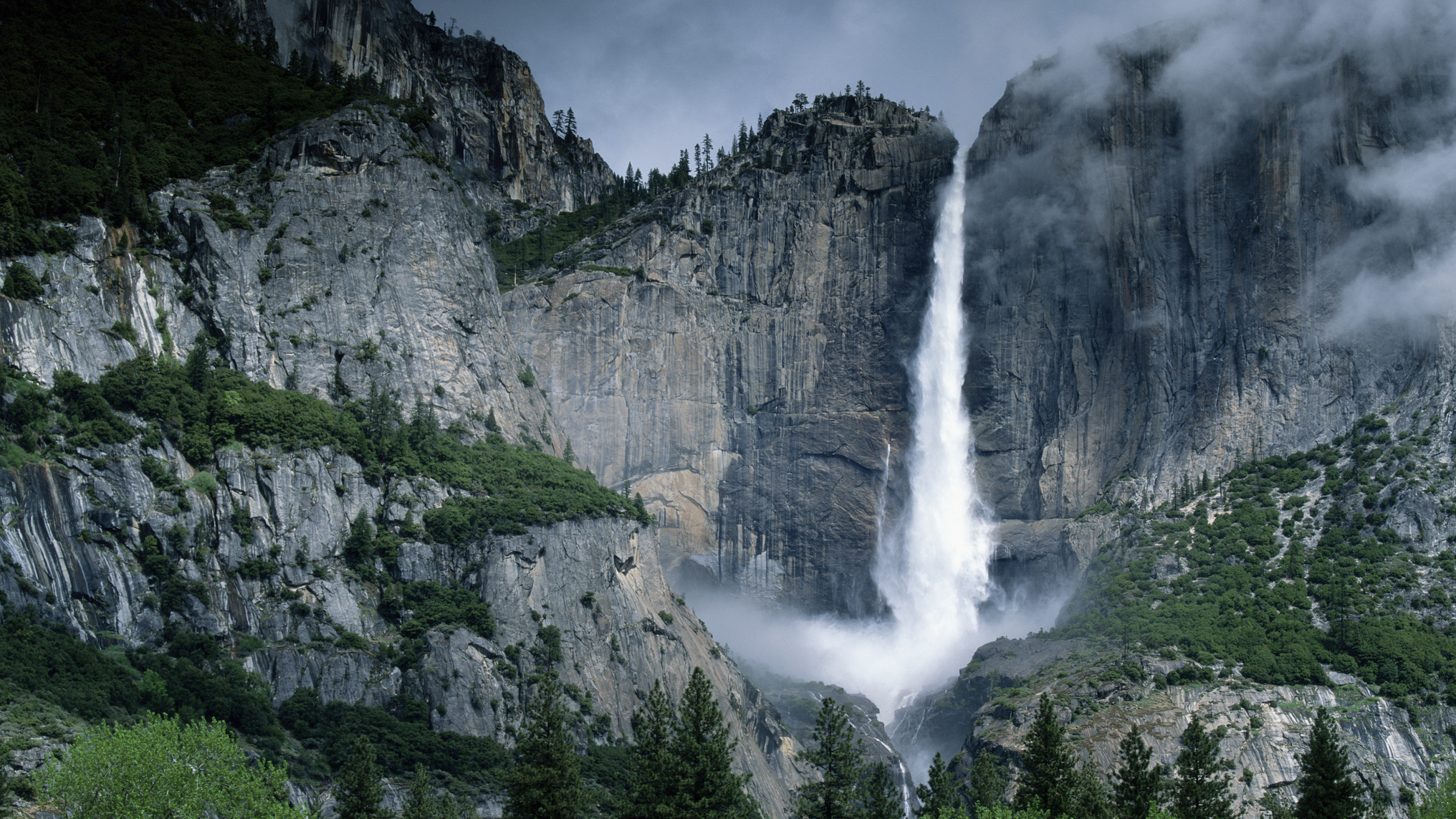I don’t consider myself a mountain runner but I ran 40km across the Alps – these 6 tools helped me do it
At best I’ve been maintaining a base level of fitness that’s lower than normal for months now – would I be able to do this?
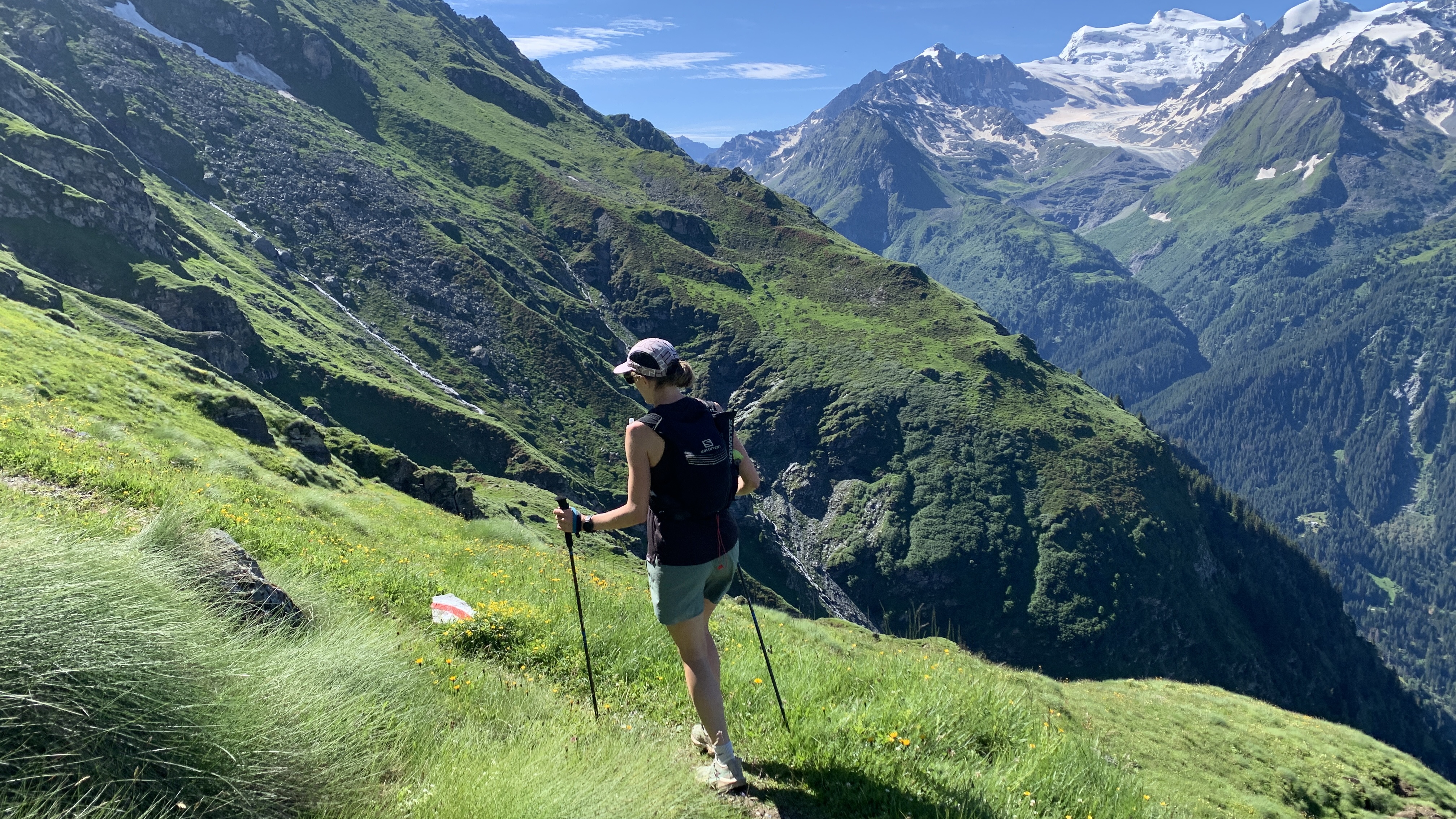
I don’t consider myself a mountain runner. Yes, I frequently don trail running shoes and head to mountainous areas, but once there, I tend to find a rolling trail that I can lope along at a steady pace. It’s not totally different to road running but the views are better, the traffic mostly bovine and the ground softer and rougher underfoot. If it’s steep stuff I’m after, I’m usually wearing hiking boots.
But I recently was invited on a 40km trail run along the mountain trails around Verbier, Switzerland and thought, why not? Yes, that’s technically a marathon, but I had three days to do it. I lived in the Rocky Mountains for over a decade so I know I respond well to high altitude. I hike and run all the time, I love a challenge and, I mean, Verbier, right?
Naturally, when I said yes, I did so with the intention of doing lots of training to get in peak physical condition in the months before boarding the plane. I’ve done some hiking and trail running in the Alps before and I know the terrain is grueling – relentlessly steep, even with switchbacks, and often technical. But between various illnesses, a lot of travel for work and family commitments, well, I just never got around to it.
I’ve stayed active with shorter trail runs, a few hikes or sprint workouts each month, swimming and yoga, but at best I’ve been maintaining a baseline level of fitness that’s lower than my normal for months now. My Coros Pace 3 watch has been convinced that I’m tapering for a marathon and keeps giving me encouraging methods like, “you’re ready for performance,” but I’m not fooled. Yes, I’m maintaining an aerobic base with regular zone two training but I haven’t been increasing volume. I’m turning 43 tomorrow, I’ve had two knee surgeries and I’m pretty sure the smart thing to do would have been to make a training plan.
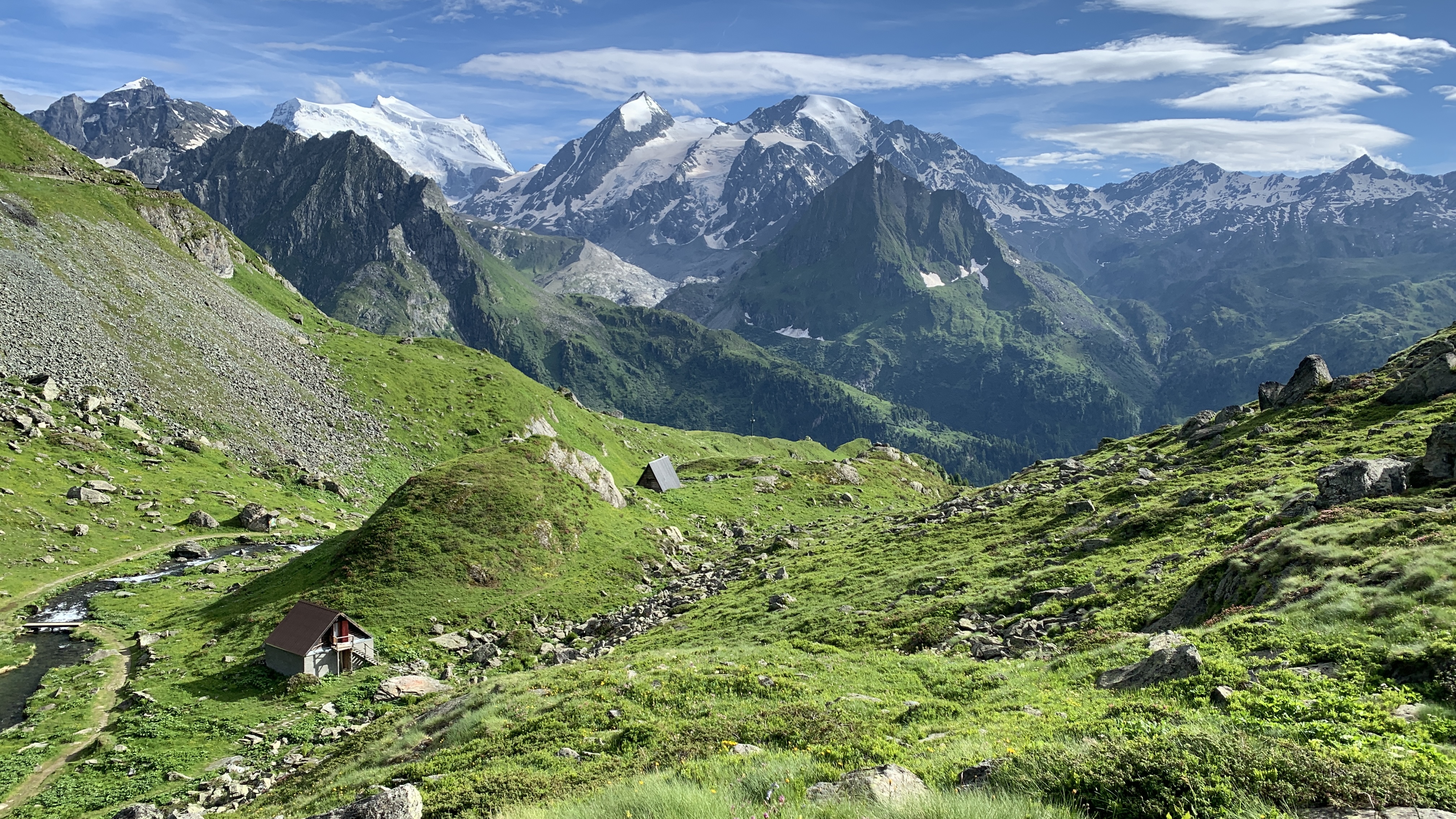
So when I boarded the train from Geneva to Le Chable, the capital of Val de Bagnes where my running journey was to begin, I was feeling a tad apprehensive. Would I even be able to do this, or would I have to limp off the mountain after day one with my tail between my legs and soft tissue damage? Would this be the last time I ever run?
I’ll cut to the chase: I did it! I ran my first mountain marathon and other than a little DOMS in my calves two days later, I feel great. Yes, it took me three days and it was interspersed with a lot of alpine fare (fruit tarts, Raclette cheese, fresh pasta with locally picked Chanterelle mushrooms), but honestly, that’s the closest I’m ever likely to get to running a marathon. And it was one of the best outdoor experiences of my life so far.
I didn't do everything right, clearly, but I did make a few decisions that let me have an epic adventure, rather than an unfortunate lesson learned, and the whole experience left me with the impression that an adventure like this could be more accessible than you might think. I'm not saying you shouldn't train, but with these six tools you could have a successful and lightweight alpine adventure.
Advnture Newsletter
All the latest inspiration, tips and guides to help you plan your next Advnture!
1. I went with a guide
Heading out to run a mountain marathon in the Alps without proper training might have been idiotic, but I did make one smart decision: I said yes to a trail running guide. Elena Bonanomi is from Berne, the Swiss capital and she’s been running since the age of six. A couple of years ago, she and her family moved out to Verbier to enjoy the mountains and since then, she’s run all but one trail in the area.
I could probably have done the route without a guide – after all, Verbier Tourisme planned my itinerary. The Alps are known for an incredible infrastructure of well-maintained trails, lots of signposts and mountain cabins where you can ask for help. But going with a local guide meant I didn’t have to think about navigation or the schedule. All I needed to focus on was getting myself up the mountain in one piece, and let’s be honest, I needed to give that task my full attention.
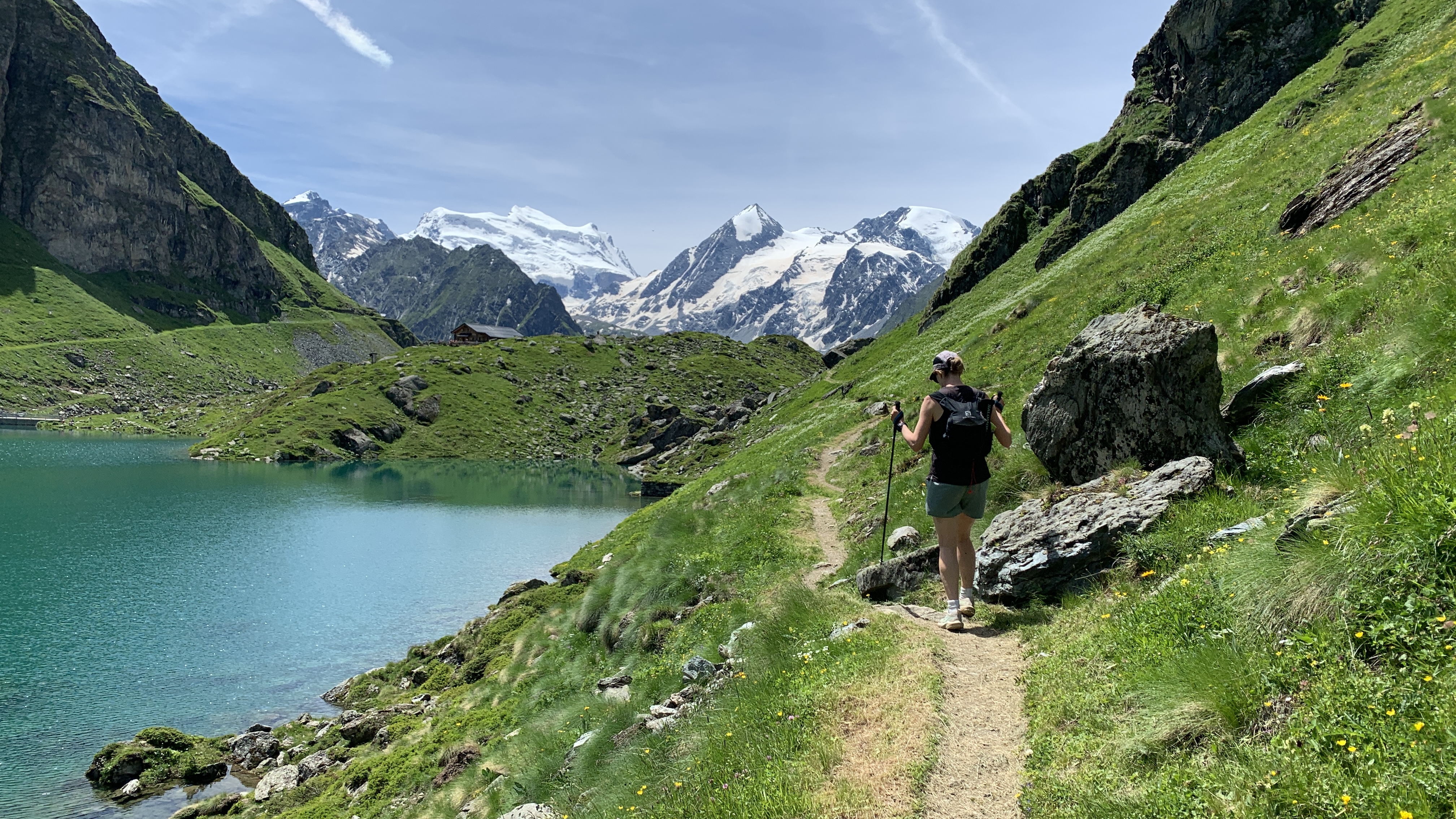
2. I wore the right shoes
Years ago I watched a Ted Talk by researcher David Epstein called Are athletes really getting faster fitter stronger? Ever since then, I’ve never underestimated the role that the right gear can play in our performance. As an outdoors writer, I have lots of trail running shoes to choose from, and I could have been tempted to use the trip to test a brand new pair, like the Nike Zegama 2s which showed up the week before and are extra plush to help balance long days on my feet.
Fortunately, despite not getting much training in during the preceding months, I had been able to test out my Merrell Long Sky 2 Matryx during a few trail runs on a couple of trips to Gran Canaria and the Greek Island of Corfu, and I was sure they’d be perfect. They’re ultra light, which is great for long days, dry quickly, which turned out to be good on the last day when it rained, and most importantly they stick to the trails like glue. Over 40km, I never so much as skidded and my feet never felt tired.
If you’re interested in what else I packed, I’ve included my complete kit list at the end of this article.
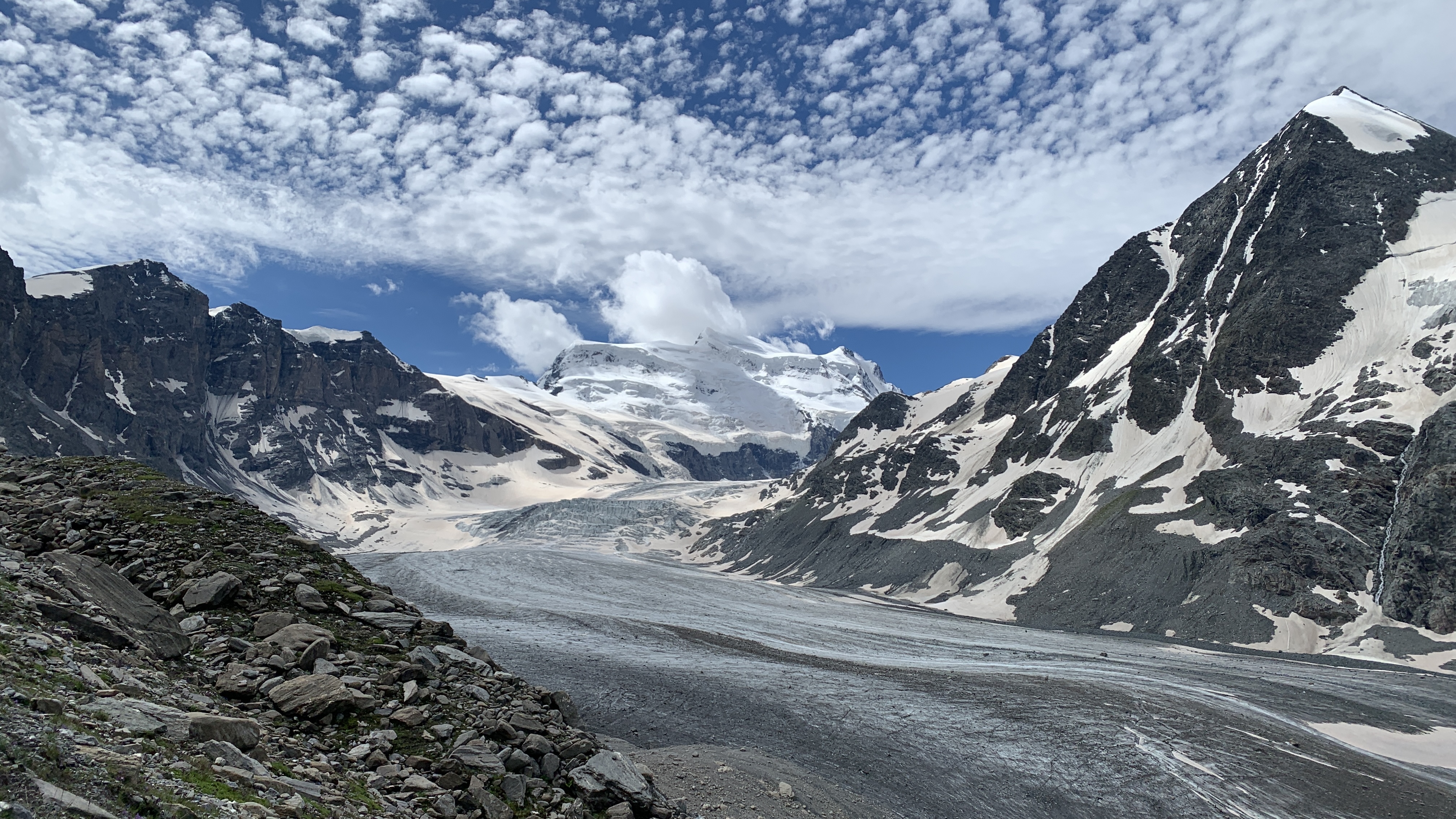
3. I walked the uphills
If you don’t already know, mountain running and ultra running involve a lot of hiking (some call it “power walking” to make themselves feel better about it). Nowhere is this truer than the Alps, which due to glacial erosion are breathtakingly steep, even when compared to other major mountain ranges like the Rockies. As Bonanomi says, only Kilian Jornet runs the uphills here.
Last year when I covered the UTMB race, I watched the world’s best trail runners slow to a hike on the hills, so the concept isn't new, but the practice was. Because I tend to pick rolling hills for running, I never need to walk sections and I didn't realize how helpful this can be. Hiking the uphills and steep, technical downhills meant the pace was much more manageable and we actually maintained a slightly faster pace than planned. I wasn’t worried about falling, and the whole experience wasn’t nearly as daunting as I’d feared.
4. I used poles
Hiking and running with trekking poles definitely isn’t for everyone, but after tearing my ACL skiing seven years ago and having two corrective surgeries, I nearly always hike with poles for stability, efficiency on the uphills and protecting my knees on the descent.
Running with poles was new for me, but I loved it. Granted, I’m used to moving with poles, so advancing into running with them wasn’t a big leap, but I found they helped me to maintain a sustainable rhythm on the flats. On the steep climbs, Bonanomi showed me how to wrap my thumb over the wrist strap to get maximum efficiency out of them, and when my knee got a bit grumpy on the first day (self-inflicted), I could transfer a lot of my weight onto my poles for the descent. Now that I’m back in Scotland, I’m planning on taking my poles with me for all of my trail runs.
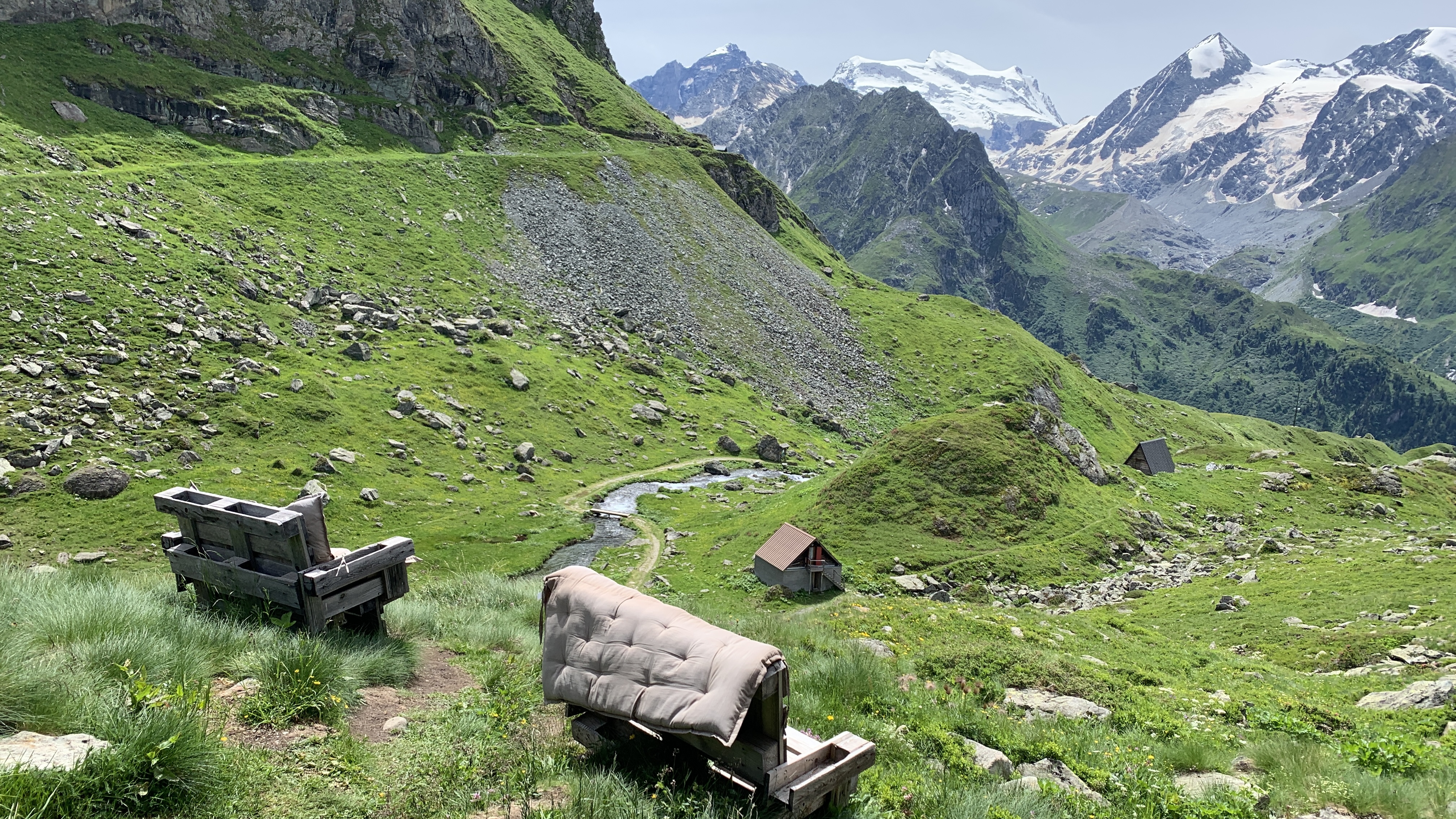
5. I downloaded maps
As you can see, a lot of the tools I’m mentioning that helped me succeed were ones which gave me confidence, and that’s why downloading topographic maps of each stage of the journey really helped me. I was with a guide who knows the area like the back of her hand and at every trail junction were handy yellow signs pointing you in the right direction, so I didn’t technically need to bring a map.
However, at the bequest of Verbier Tourism I downloaded the maps from SwissTopo. Not only did I feel really secure in the knowledge that if something went wrong and I ended up alone I could navigate my way out, but these maps really helped me with mental preparation. Each day I could get a detailed view of the route profile and break the journey down into manageable chunks of climbing and descending. Steeling myself up for my long day was easier when I divided it up into six sections and gave me little victories to celebrate along the way.
6. I prioritized recovery
After long, hard days on the trail, I slept in alpine huts which meant a shower, a proper bed and hot food, all of which went a long way to ensure I got adequate rest. However, when you’ve been on your feet for hours and you arrive at a cabin with the most splendid views you’ve ever set eyes on and a friendly Swiss local pouring wine and beer, it can be easy to spend hours on the deck drinking, which isn't a particularly wise choice.
Though we did enjoy a cool beer after each day, I made a point to focus on recovery, particularly since I knew my fitness levels weren’t where I’d necessarily want them to be. Each afternoon I found a quiet corner to do some of my favorite yoga stretches for runners before lying on my back with my legs up the wall for a few minutes. I iced my legs in an alpine lake, drank lots of water, bypassed the fondue for soup, salad and pasta and got to bed by 9 p.m. each night. I may not be in the best shape of my life, but consequently I woke up feeling excited and able to get going again each day.
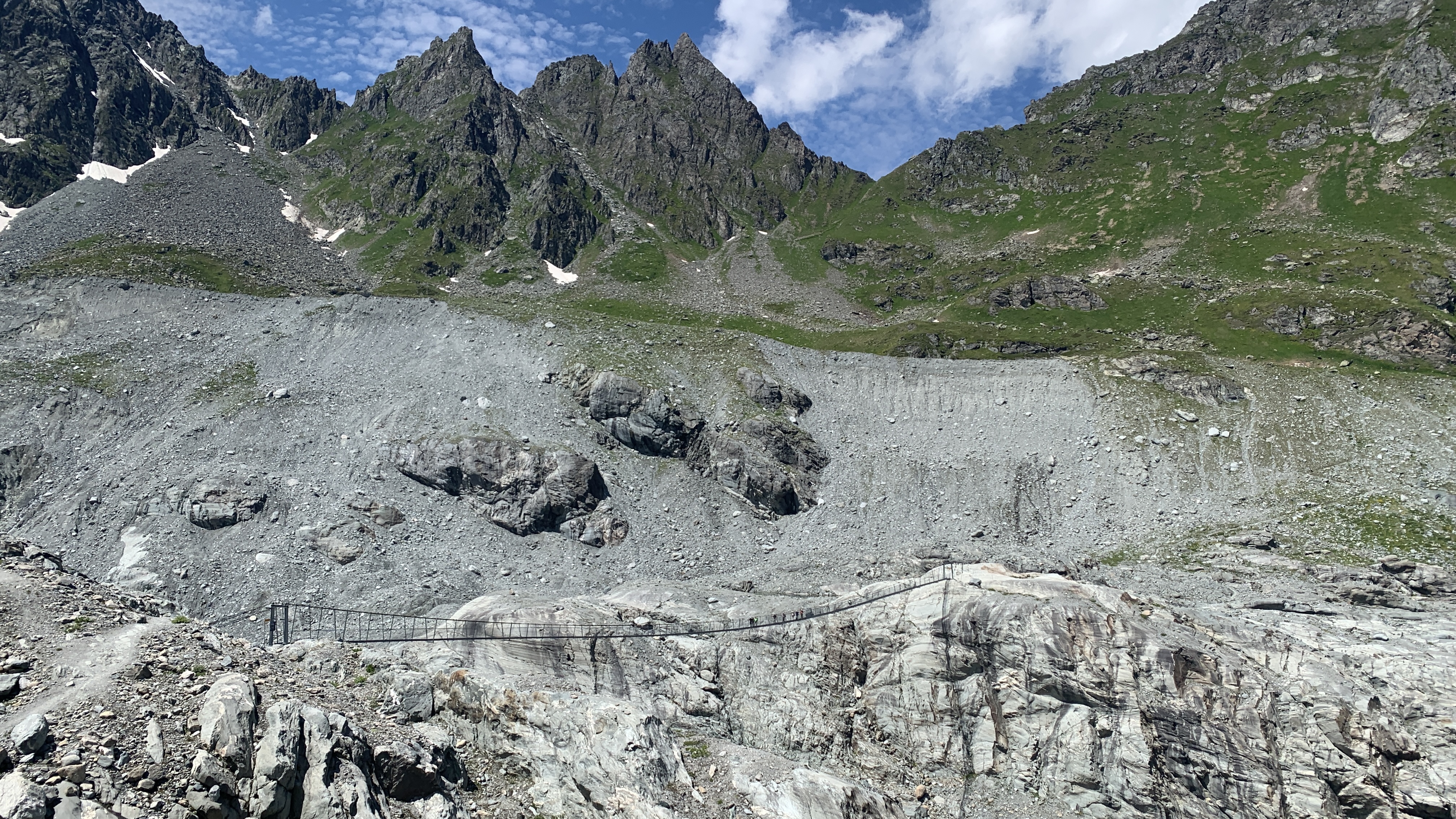
What I packed for trail running in Verbier
Everything that came with me on this trip needed to go on my back, so I had to pack lighter than ever. The weather had been quite variable in the weeks leading up to my visit and I was advised to bring a waterproof jacket and rain pants, which meant my running vest wouldn't cut it. In the end, I chose The North Face Trail Lite Speed 20-Litre Backpack which squeezed under the seat in front of me on the plane, made for a pretty comfortable carry for the type of mountain running I was doing and fit the following:
- Trail running shoes: Merrell Matryx 2 Long Sky
- Socks: 2 pairs of trail running socks plus a warmer pair of Darn Tough hiking socks for evenings
- Leggings: Columbia Women's Back Beauty Warm Hybrid Leggings made with Omni-Wick
- Shorts: The North Face Trailjammer Shorts are far more Courtney Dauwalter than I’d usually wear for running, but meant I had a loose, comfortable option for lounging in the evening and doubled as pajama bottoms in our shared dorms.
- Running tops: I ran in the BAM Women’s Novea Crew Neck Training Top which never got stinky, and carried my Arc’teryx Silene Crew Shirt SS as a light, dry layer for evenings.
- Base layer: The Jack Wolfskin Seamless Wool Long Sleeve is the lightest base layer I own and has the magical properties of merino.
- Insulated jacket: The Montane Fireball Lite Hooded Jacket is an amazing mid layer, but provided ample lightweight insulation for cold nights at the cabin.
- Waterproof jacket: My Montane Phase Lite jacket didn’t see much action, but it didn’t weigh me down.
- Rain pants: I chose my Columbia Hazy Trail Waterproof Walking Trousers because they’re light, soft and not too baggy, but luckily I never needed them.
- Running hat: Arc’teryx Paltz cap
- Sunglasses: SunGod Tempests
- Trekking poles: Leki Micro Trail Vario Carbon
- Sleeping bag liner: Mountain Warehouse Liner
- Hat, gloves, neck gaiter
- Water bottle: LifeStraw Peak Series Squeeze Bottle which rolls up when empty.
- Running crampons: Nortec Sport Micro Crampons
- Micro towel (hand size)
- First aid kit
Julia Clarke is a staff writer for Advnture.com and the author of the book Restorative Yoga for Beginners. She loves to explore mountains on foot, bike, skis and belay and then recover on the the yoga mat. Julia graduated with a degree in journalism in 2004 and spent eight years working as a radio presenter in Kansas City, Vermont, Boston and New York City before discovering the joys of the Rocky Mountains. She then detoured west to Colorado and enjoyed 11 years teaching yoga in Vail before returning to her hometown of Glasgow, Scotland in 2020 to focus on family and writing.

